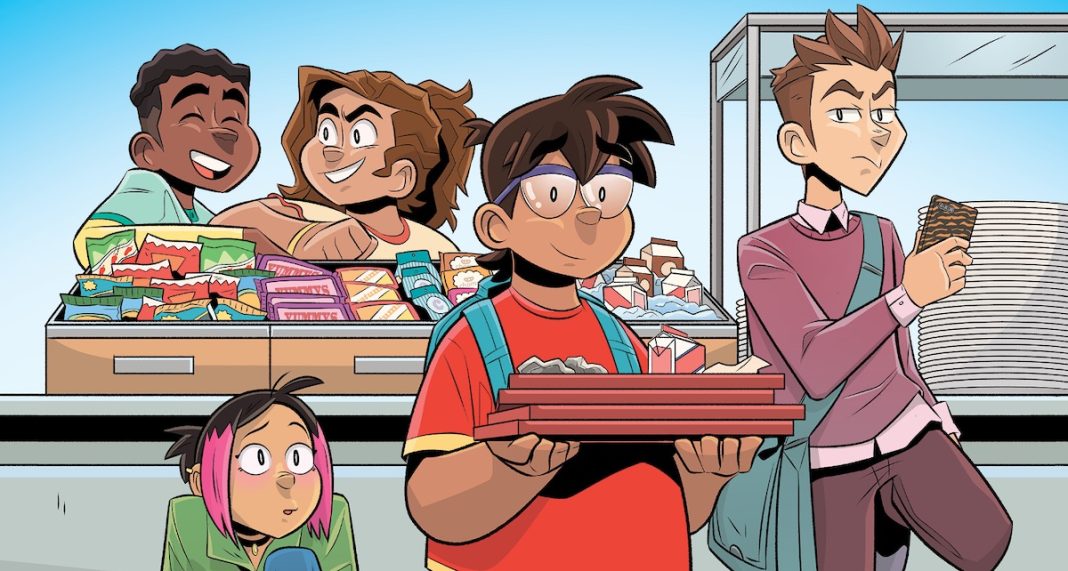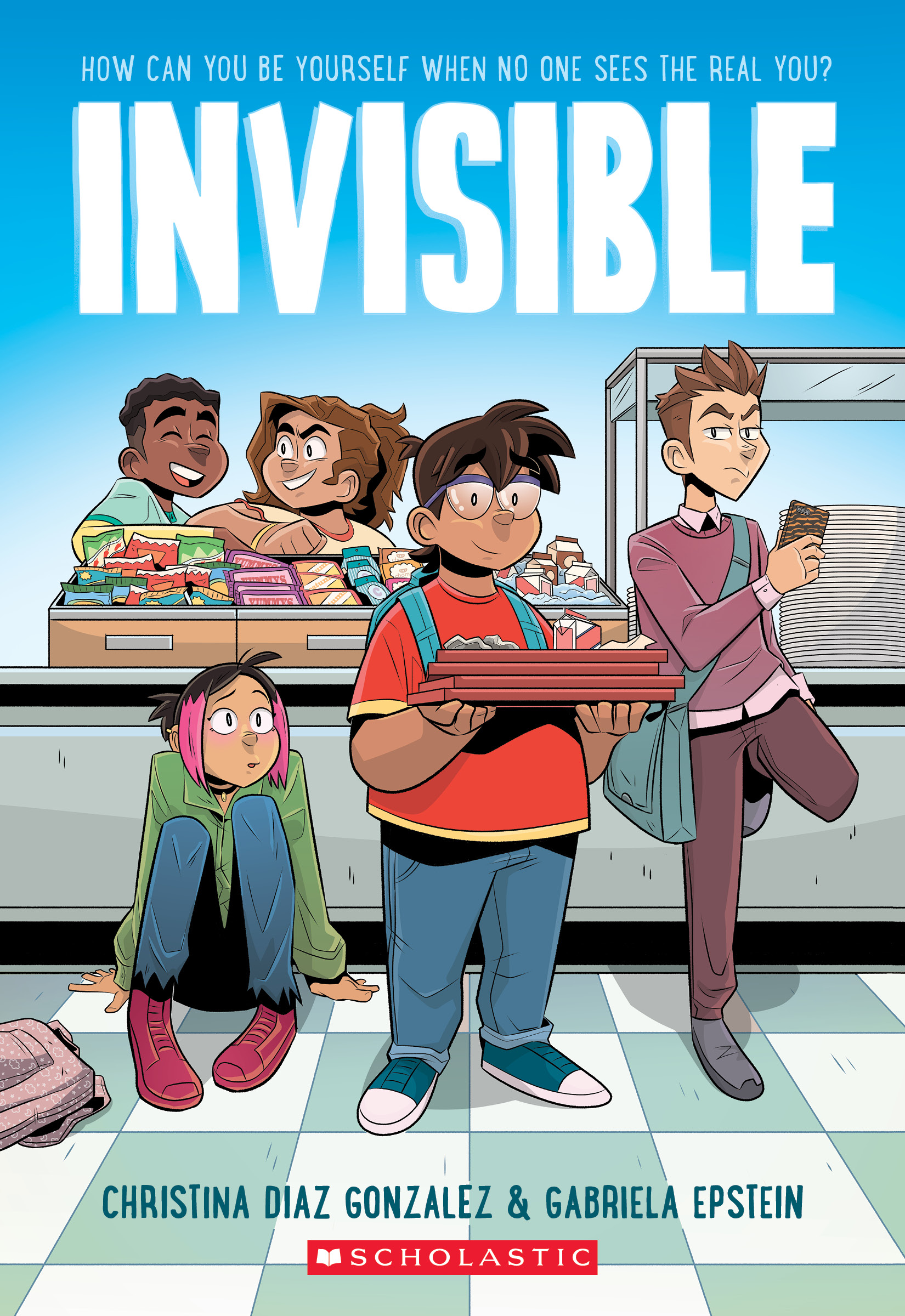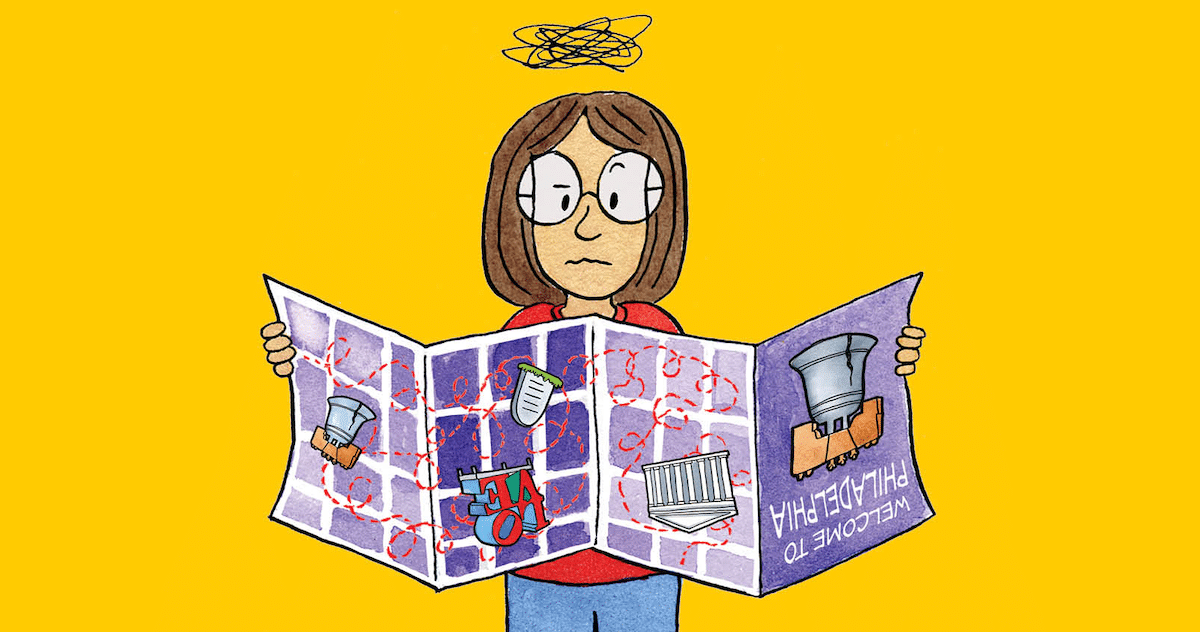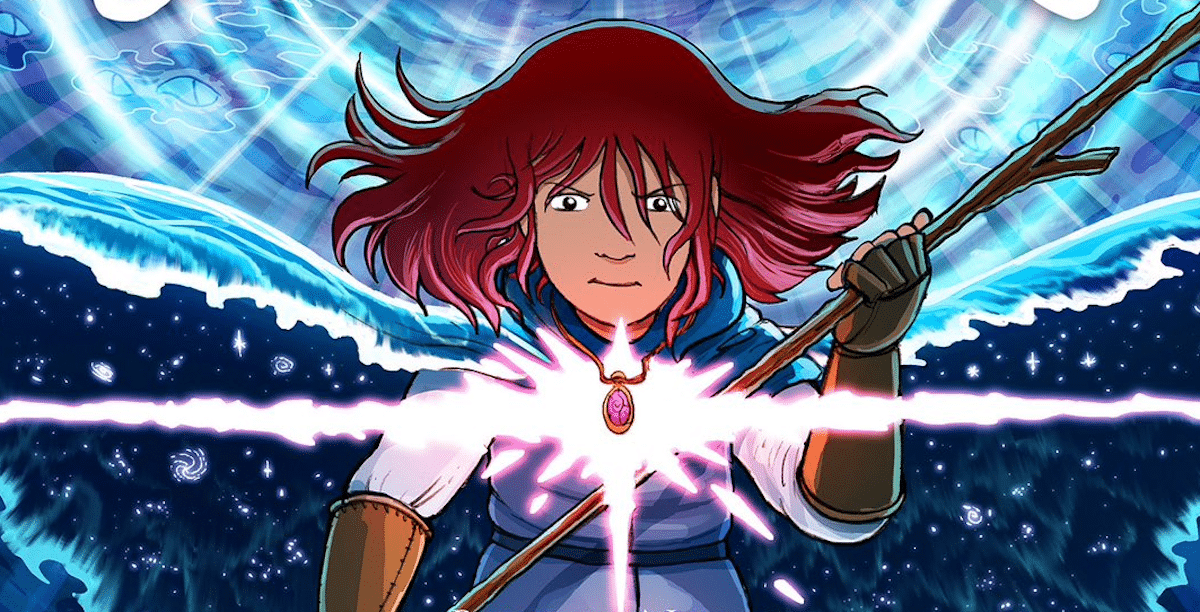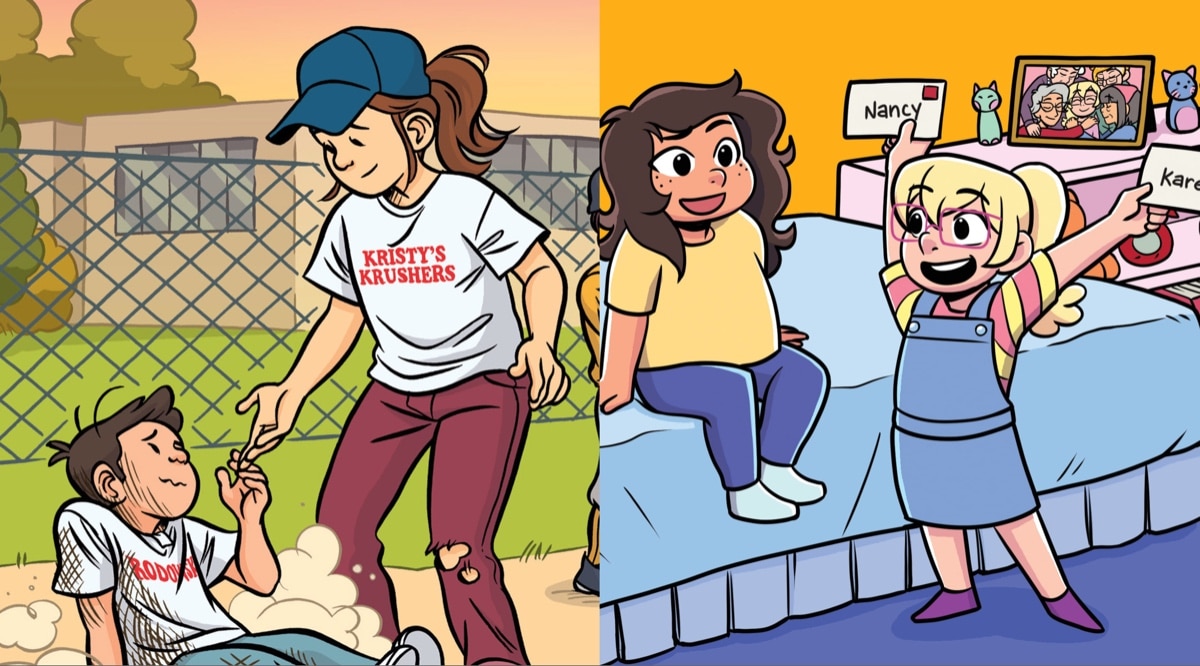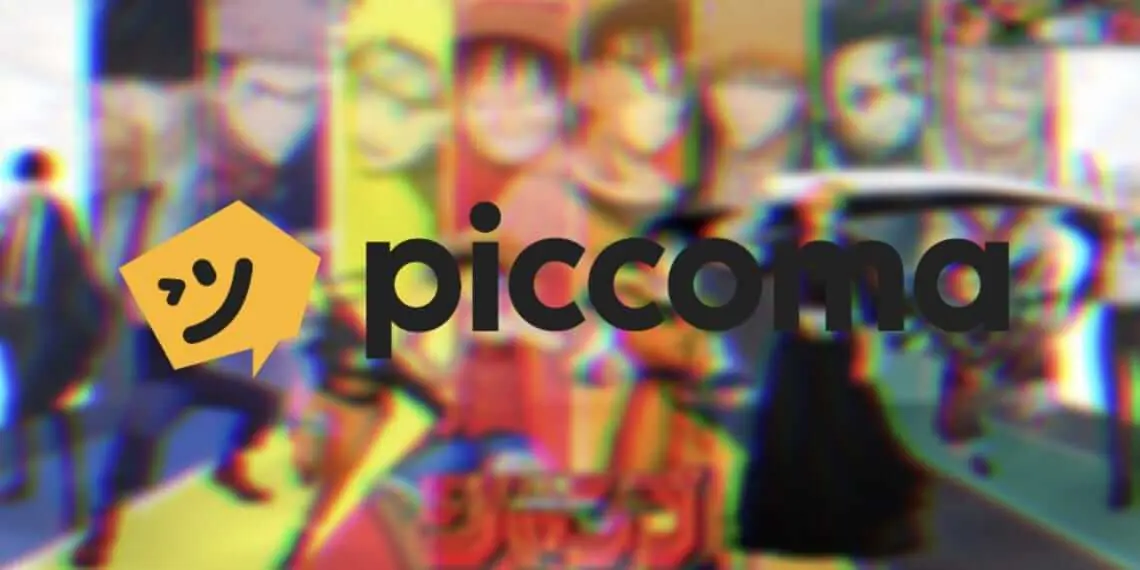In Invisible by Christina Diaz Gonzalez and Gabriela Epstein, scheduled for release from Scholastic Graphix on August 2nd, 2022, five Latinx students – each with their own degree of English fluency, find themselves forced to work together toward a common goal.
Today, The Beat is proud to present to the cover reveal, alongside an email interview with Gonzalez and Epstein that covers the origins of Invisible, the influences behind the story, and how English and Spanish will be used in the exciting upcoming graphic novel!
AVERY KAPLAN: What was the genesis of Invisible?
CHRISTINA DIAZ GONZALEZ: It started with my desire to craft a story that could be read by both English and Spanish speakers. I knew that ESL (English as a Second Language) students rarely saw themselves depicted in books and I didn’t want them to be “invisible” any longer. A fun story with unique characters began brewing in my imagination where stereotypes of all sorts could be challenged.
KAPLAN: How does drawing original characters compare with drawing establish characters?
GABRIELA EPSTEIN: It was pretty fun to get to design everyone from scratch! With Baby-Sitters Club, there’s a long history and tons of lore to pull from when it comes to informing outfits and gestures, but for these five characters I got to kind of work with what I had and imagine their inner lives. Make that lore up for myself, you know? I’ve got detailed histories in my head for each of them that inform how I draw them. That was half the fun of working on the book!
KAPLAN: Can you tell us about how English and Spanish will be used in this graphic novel?
GONZALEZ: The goal was to create a single book where translations would be part of the storyline and context clues would fill in any missing gaps (Gabriela’s artwork is amazing… especially for this element). Since there are several characters who are ESL students with limited English proficiency, their dialogue is translated by the Spanish teacher as each one is questioned regarding “an event” that has occurred.
KAPLAN: Can you tell us a bit about your personal connection to this story?
GONZALEZ: The novel honors the time in my life when I first started school but spoke no English. Although I was a young girl, I still remember my wonderful teacher, Mrs. Sisk, who guided me during those first few months when I didn’t understand what anyone was saying. Thanks to her, my first memories of being a student are filled with love and acceptance. I’m certain this shaped my view of school for years to come. In fact, to this day I am still thrilled when Mrs. Sisk comments on any of my Facebook posts.
EPSTEIN: Growing up, my family was split between worlds— one half in the U.S. and the other in Chile. I never felt quite at home with either, and that made it difficult to understand what it meant to be Latine. It’s hard to know where one stands! So, this story felt like a really nice way to help ease that burden of proof on kids and just let them exist as they are. There’s no one ‘right’ way to be Latine so to have a book out there that reifies that is really cool.
KAPLAN: Was there any comic or any other kind of story that was especially inspirational for you while working on Invisible?
GONZALEZ: I was definitely influenced by the movie The Breakfast Club where five very different kids form an unlikely friendship. I wanted to create a similar situation where the world might only see these kids as five Latino students and, in turn, they only see their differences… but by the end of the story the world recognizes their individuality, and the kids see their commonality.
EPSTEIN: Definitely the BSC franchise. I inked BSC #9 and #11 before finalizing inks on this book and I’m glad I did. The chops I got from drawing all those characters and researching middle school classrooms, accessories and fashion made it a lot easier to envision the world of Invisible.
KAPLAN: Is there anything else you’d like me to include?
GONZALEZ: I think Gabriela’s artwork brings so much life to the story and I love that we were able to incorporate some visual Easter eggs to show how people can be connected in ways they never knew.
EPSTEIN: Although Spanish language books aren’t anything new to Scholastic, I do think the main technical triumph of Invisible is the bilingual aspect of it. We have characters speaking in both English and Spanish, with translations provided in an easy-to-read way. Not only that, but we offer little windows into the differences in slang from different countries which is something not seen much outside of social media like TikTok. I hope this opens up more opportunities to use comics as a platform for teaching languages— it’s truly the perfect medium to do so!
Will you be checking out Invisible when it arrives in August 2022? Let The Beat know, either here in the comment section or over on social media @comicsbeat.


